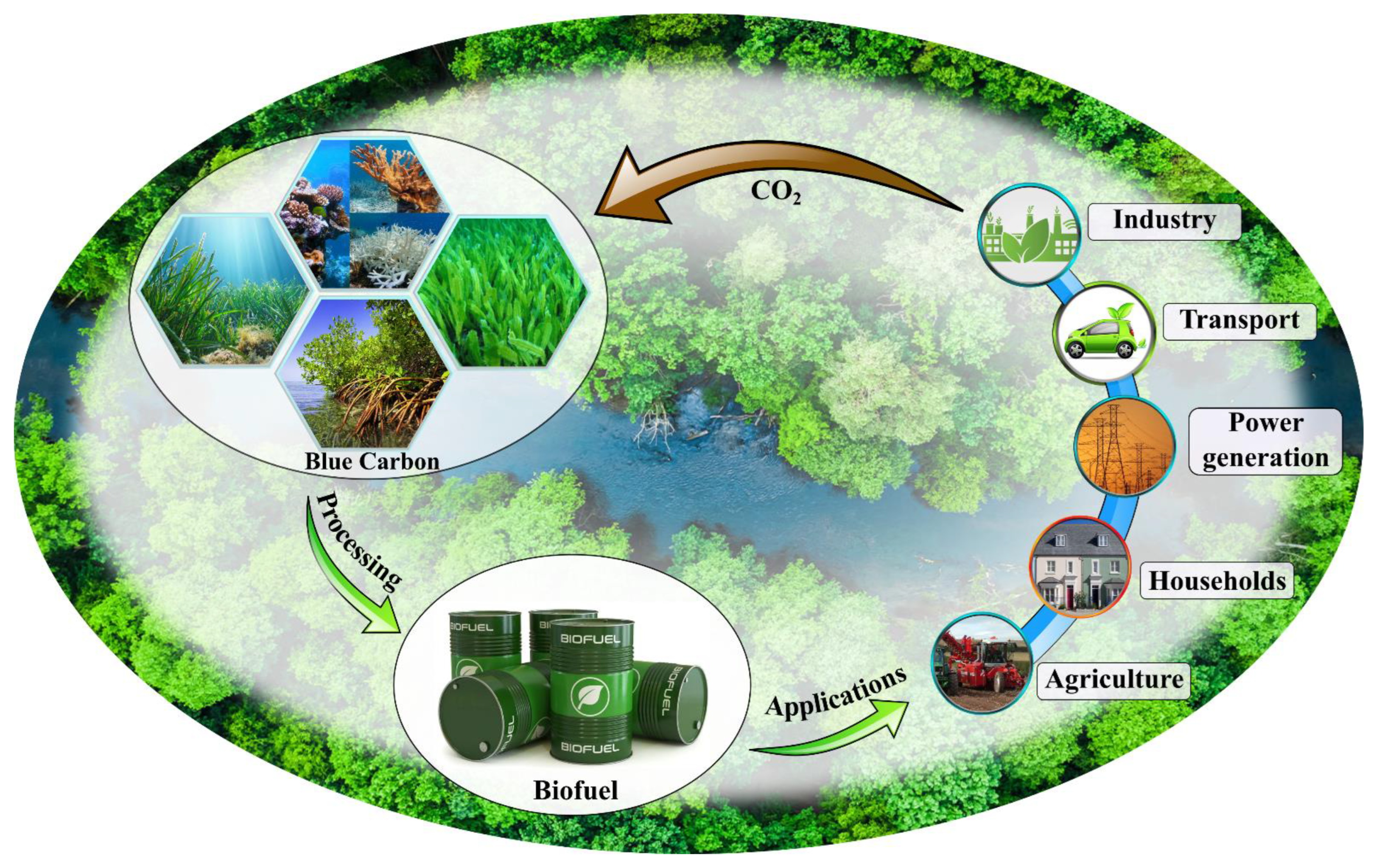Blue Carbon King Shrimp often suffer from molting issues and bacterial infections. Poor water quality can exacerbate these health problems.
Blue Carbon King Shrimp, a popular choice among aquarists, are known for their striking appearance. Despite their beauty, they are prone to certain health issues that can affect their well-being. Molting issues and bacterial infections are the most common problems, often linked to poor water quality.
Keeping the aquarium clean and maintaining optimal water conditions can help prevent these issues. Regular monitoring and prompt treatment are crucial to ensure the shrimp’s health. By understanding their needs and providing proper care, you can enjoy the vibrant presence of Blue Carbon King Shrimp in your aquarium for a long time.
Introduction To Blue Carbon King Shrimp
The Blue Carbon King Shrimp is a fascinating marine species. These shrimp are known for their stunning blue color. They are a vital part of the marine ecosystem.
These shrimp are also important for the seafood industry. They offer both ecological and economic benefits. Understanding their health problems is crucial.
Species Overview
Blue Carbon King Shrimp belong to the family Penaeidae. They are native to the Indo-Pacific region. Their scientific name is Penaeus monodon.
| Attribute | Detail |
|---|---|
| Color | Blue |
| Size | Up to 36 cm |
| Habitat | Marine and brackish waters |
| Diet | Omnivorous |
Economic Importance
Blue Carbon King Shrimp are a valuable resource. They support the livelihoods of many coastal communities. Their farming and harvesting contribute to local economies.
- High market demand
- Supports thousands of jobs
- Boosts local and national economies
The shrimp are also exported worldwide. They are popular in global seafood markets. Sustainable farming practices are essential for their continued economic importance.

Credit: www.thaiunion.com
Common Health Issues
Blue Carbon King Shrimp are known for their vibrant color and delicate nature. Keeping them healthy is essential. Understanding common health issues can help in maintaining their well-being.
Parasites
Parasites are a common problem for Blue Carbon King Shrimp. These tiny invaders can cause serious harm.
- Vorticella: These parasites attach to the shrimp’s body. They cause discomfort and stress.
- Scutariella: This parasite affects the shrimp’s gills. It can lead to breathing issues.
Regular cleaning and quarantine can prevent parasite outbreaks.
Bacterial Infections
Bacterial infections are another threat to Blue Carbon King Shrimp. These infections can spread quickly.
| Bacteria | Symptoms |
|---|---|
| Aeromonas | Red spots on the body and lethargy |
| Pseudomonas | Cloudy eyes and slow movement |
Maintaining clean water and proper nutrition can reduce bacterial infections.
Viral Diseases
Viral diseases are less common but very dangerous. They can wipe out entire shrimp populations.
- White Spot Syndrome Virus (WSSV): Causes white spots on the exoskeleton.
- Infectious Hypodermal and Hematopoietic Necrosis Virus (IHHNV): Leads to deformities and slow growth.
There are no cures for viral diseases. Prevention is the best strategy.
Understanding these common health issues can help in providing better care for Blue Carbon King Shrimp. Regular observation and maintenance are key to keeping them healthy and vibrant.
Environmental Stressors
Blue Carbon King Shrimp face many environmental stressors that can affect their health. These stressors often lead to significant health problems. Understanding these stressors is crucial for shrimp farmers.
Water Quality
Water quality is vital for the health of Blue Carbon King Shrimp. Poor water quality can cause various health issues.
- Low oxygen levels can lead to shrimp suffocation.
- High ammonia levels cause stress and disease.
- Contaminated water can carry harmful bacteria and viruses.
Regular water testing helps maintain optimal conditions. Using a good filtration system is also essential.
Temperature Fluctuations
Sudden temperature changes can be harmful to shrimp. Blue Carbon King Shrimp thrive in stable environments.
Ideal temperatures range between 24°C and 28°C. Extreme temperatures can cause stress and weaken their immune systems.
| Temperature Range | Effect on Shrimp |
|---|---|
| Below 24°C | Slow growth and weak immune systems |
| 24°C – 28°C | Optimal growth and health |
| Above 28°C | Increased stress and susceptibility to disease |
Pollutants
Pollutants in the water can pose severe risks to Blue Carbon King Shrimp. These pollutants can come from various sources.
- Chemical runoff from nearby farms
- Industrial waste discharged into water bodies
- Improper disposal of household chemicals
Pollutants can cause multiple health issues. Shrimp may develop deformities or die prematurely. Using water treatment solutions can help reduce these risks.
Nutritional Deficiencies
Blue Carbon King Shrimp can suffer from various health problems, especially due to nutritional deficiencies. Understanding their dietary needs is crucial for their well-being. This section will explore the dietary requirements and common nutrient deficiencies of Blue Carbon King Shrimp.
Dietary Requirements
Blue Carbon King Shrimp need a balanced diet for optimal health. Their diet should include proteins, carbohydrates, fats, vitamins, and minerals. This diverse nutrient intake supports their growth, reproduction, and immune function.
- Proteins: Essential for growth and tissue repair.
- Carbohydrates: Provide energy for daily activities.
- Fats: Necessary for energy storage and cell function.
- Vitamins: Support various metabolic processes.
- Minerals: Important for shell formation and nerve function.
Common Nutrient Deficiencies
Nutrient deficiencies can lead to serious health issues in Blue Carbon King Shrimp. Knowing these deficiencies helps in maintaining their health.
| Nutrient | Deficiency Symptoms |
|---|---|
| Protein | Slow growth, weak muscles |
| Vitamin C | Weak immune system, poor wound healing |
| Calcium | Weak shells, molting problems |
| Phosphorus | Reduced growth, poor shell quality |
To prevent these deficiencies, provide a varied and balanced diet. Regularly monitor their health and adjust their diet as needed.
Preventative Measures
Blue Carbon King Shrimp are delicate creatures. Preventative measures ensure their health. Proper care can prevent many health problems. This section outlines key steps.
Regular Monitoring
Regular monitoring is essential. Check the water parameters daily. Ensure the water temperature is stable. Maintain proper pH levels. Observe the shrimp for any signs of illness. Use a digital thermometer and pH meter.
| Parameter | Ideal Range |
|---|---|
| Temperature | 72-82°F |
| pH Level | 7.5-8.5 |
Quarantine Procedures
Quarantine procedures protect your shrimp. Quarantine new shrimp for 30 days. Use a separate tank for this period. Monitor them for any diseases. This prevents the spread of illness to healthy shrimp.
- Set up a quarantine tank
- Observe new shrimp daily
- Check for signs of disease
- Ensure water quality is optimal

Credit: www.mdpi.com
Treatment Options
Blue Carbon King Shrimp are prone to several health problems. Understanding treatment options is crucial for maintaining their health. This section covers both medicinal treatments and natural remedies.
Medicinal Treatments
Medicinal treatments are often required for serious health issues. These treatments can include antibiotics, antifungal medications, and antiparasitic drugs.
| Condition | Medication | Dosage |
|---|---|---|
| Bacterial Infection | Oxytetracycline | 50 mg per liter |
| Fungal Infection | Methylene Blue | 1 mg per liter |
| Parasitic Infection | Praziquantel | 2 mg per liter |
Always consult a veterinarian before administering any medication. Incorrect dosage can harm your shrimp.
Natural Remedies
Natural remedies can be effective for minor health problems. These remedies are safer and have fewer side effects.
- Garlic Extract: Boosts immune system.
- Indian Almond Leaves: Provides antifungal and antibacterial properties.
- Salt Baths: Treats minor infections.
Natural remedies can be a good first line of defense. They help maintain the overall health of your Blue Carbon King Shrimp.
Proper water quality and diet are essential for preventing health problems. Always monitor your shrimp for any signs of illness.
Case Studies
Blue Carbon King Shrimp face various health problems. These problems can impact their growth and survival. To understand these challenges, we will look at real-life cases. This section provides insights into their health issues. We will also share successful recovery stories and lessons learned.
Successful Recovery Stories
Many farmers have faced health issues with their Blue Carbon King Shrimp. One farmer noticed their shrimp were sluggish and had discolored shells. They consulted a marine biologist who diagnosed a bacterial infection. The farmer treated the water with antibiotics. After two weeks, the shrimp were active and healthy again.
Another case involved a shrimp farm plagued with white spots. The farm manager identified it as White Spot Syndrome Virus. Immediate quarantine and antiviral treatments were administered. The shrimp showed signs of recovery within days. The farm’s quick response saved their stock.
Lessons Learned
The case studies highlight several key lessons:
- Early Detection: Quick identification of symptoms can save shrimp.
- Expert Consultation: Seek advice from marine biologists or veterinarians.
- Effective Treatment: Use appropriate medications promptly.
- Quarantine Measures: Isolate affected shrimp to prevent the spread.
- Regular Monitoring: Frequent health checks are crucial.
Implementing these lessons can help maintain a healthy shrimp population. Farmers should always stay vigilant and proactive.
Future Research Directions
The health of Blue Carbon King Shrimp is crucial for the marine ecosystem. Future research aims to solve their health problems. This section highlights innovative solutions and collaborative efforts.
Innovative Solutions
Researchers are exploring new ways to improve shrimp health. Here are some key areas of focus:
- Genetic Engineering: Scientists are working on shrimp genes. They aim to make shrimp more resistant to diseases.
- Better Diets: Nutritional experts are creating new diets. These diets will boost shrimp immunity.
- Water Quality Monitoring: Advanced sensors can monitor water conditions. This helps in keeping the shrimp environment healthy.
Collaborative Efforts
Working together is vital for tackling shrimp health issues. Various stakeholders are joining hands:
| Stakeholder | Role |
|---|---|
| Marine Biologists | Studying shrimp behavior and health patterns. |
| Aquaculture Farmers | Implementing research findings in shrimp farms. |
| Government Agencies | Providing funding and regulatory support. |
| Environmental Organizations | Raising awareness about sustainable practices. |
These efforts aim to find lasting solutions for Blue Carbon King Shrimp health problems.

Credit: www.mdpi.com
Frequently Asked Questions
Are There Health Issues With Farm Raised Shrimp?
Yes, farm-raised shrimp may have health issues. They can contain antibiotics, chemicals, and pollutants. Always choose certified, responsibly farmed shrimp.
How Do You Know If Your Shrimp Are Sick?
Sick shrimp show signs like lethargy, loss of appetite, discoloration, unusual swimming, or visible parasites. Check water quality.
Why Are My Blue Shrimp Dying?
Blue shrimp may die due to poor water quality, inadequate diet, or stress. Check for ammonia, nitrite levels, and proper tank conditions.
What Is The Milk Disease In Shrimp?
Milk disease in shrimp is a bacterial infection caused by Lactococcus garvieae. It turns shrimp muscles white. This disease affects shrimp health and reduces market value. Early detection and proper management are crucial.
Conclusion
Understanding blue carbon king shrimp health problems helps ensure their well-being. Regular monitoring and prompt treatment are crucial. Healthy shrimp contribute to a thriving ecosystem and successful aquaculture. By addressing common issues, we can maintain robust shrimp populations. Stay informed to keep your shrimp healthy and sustainable.
